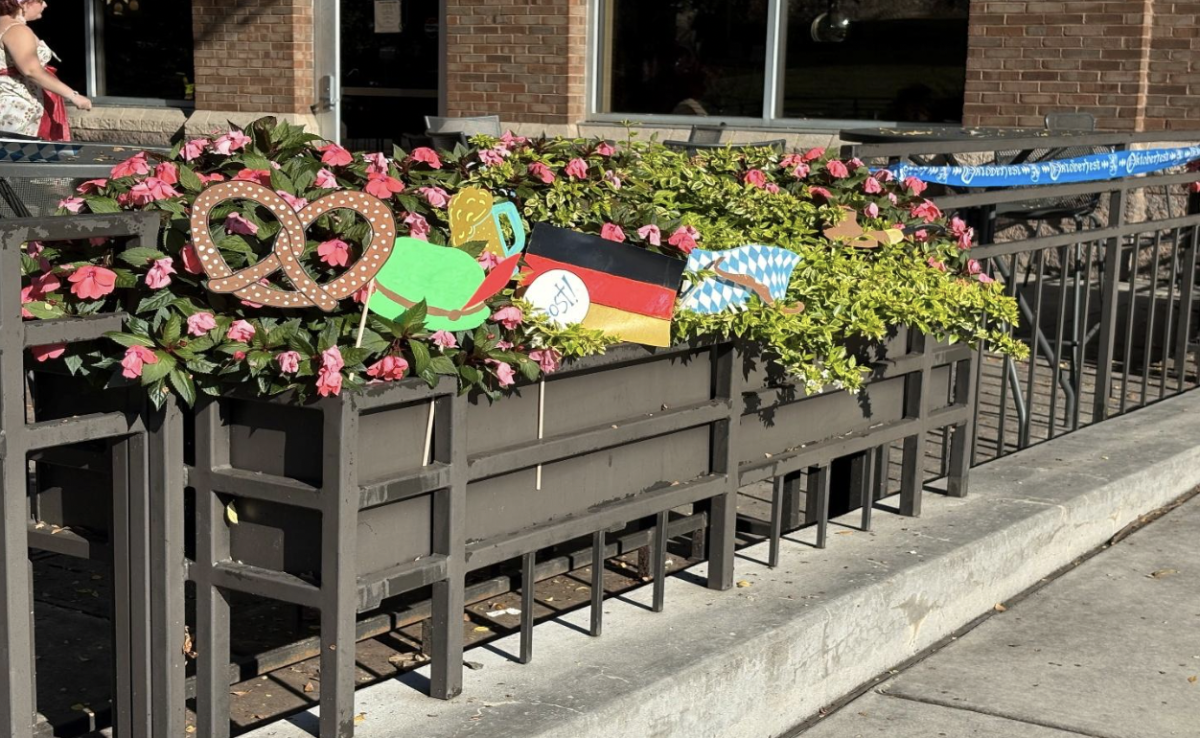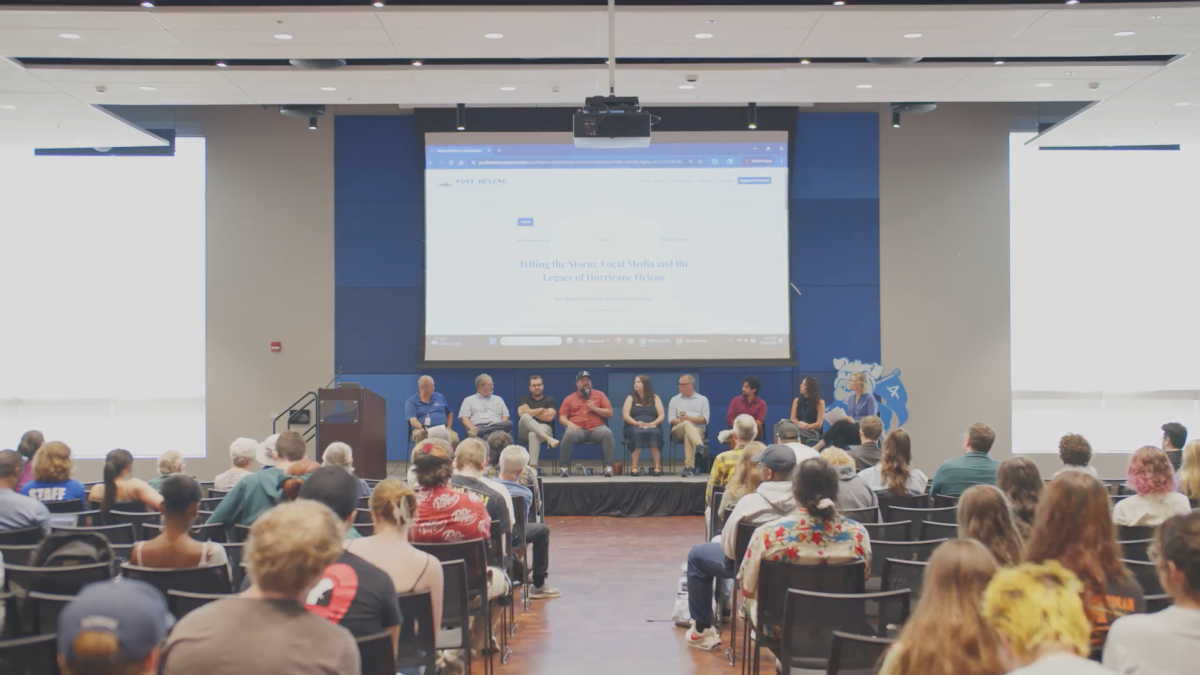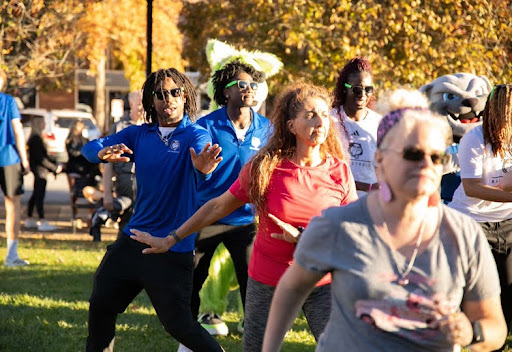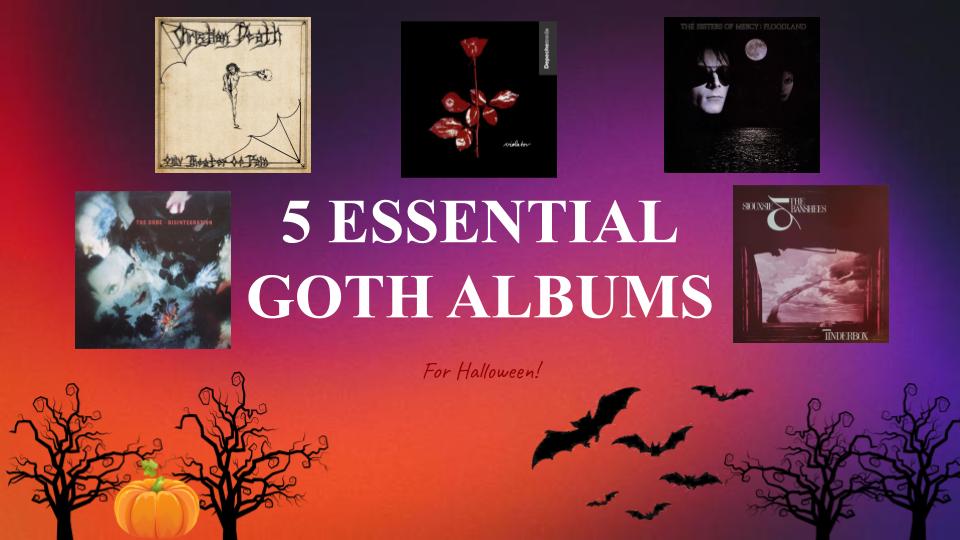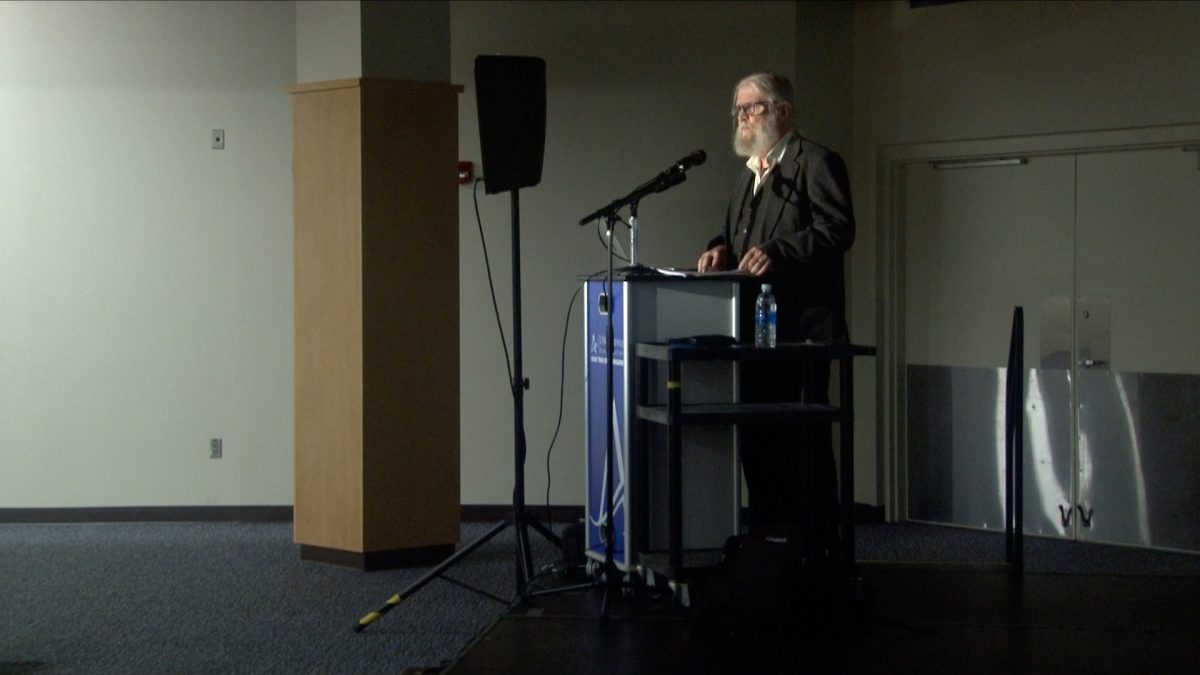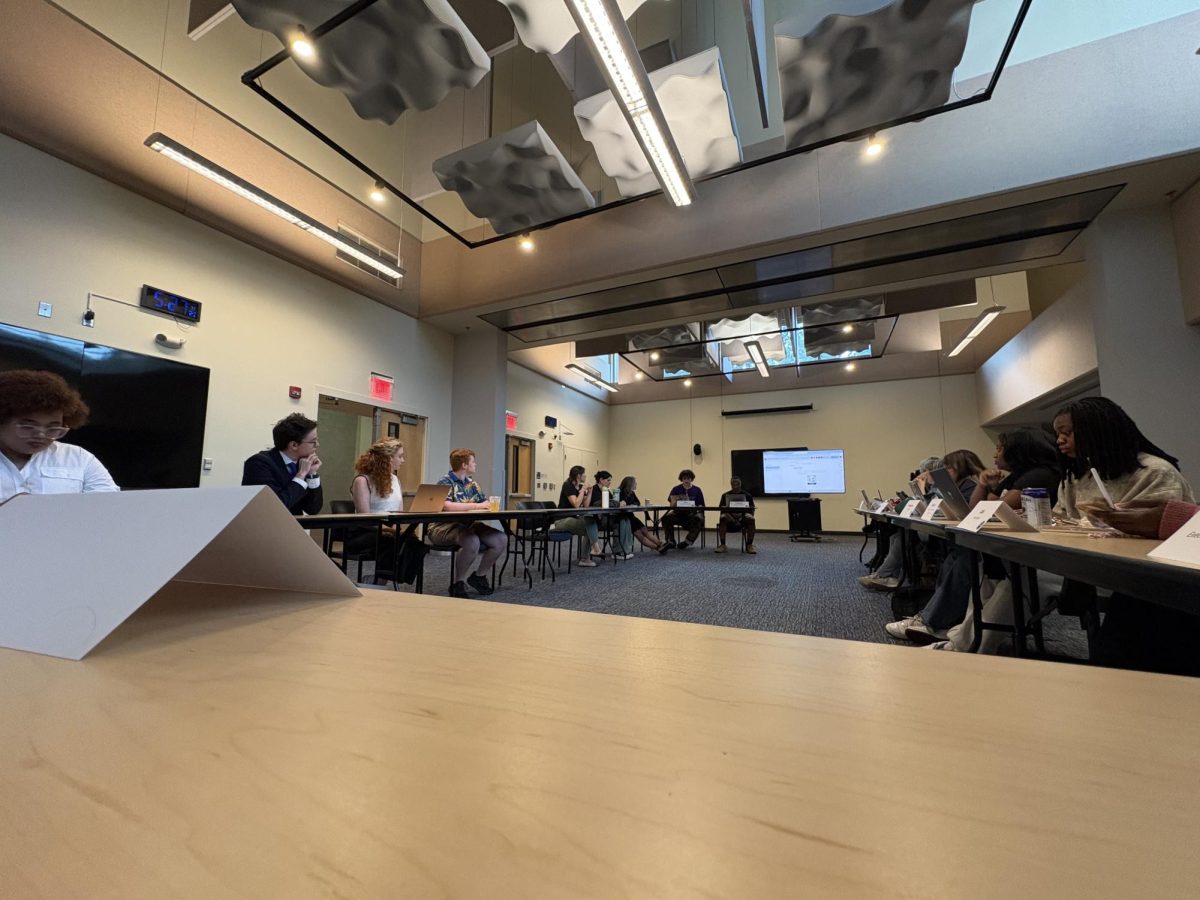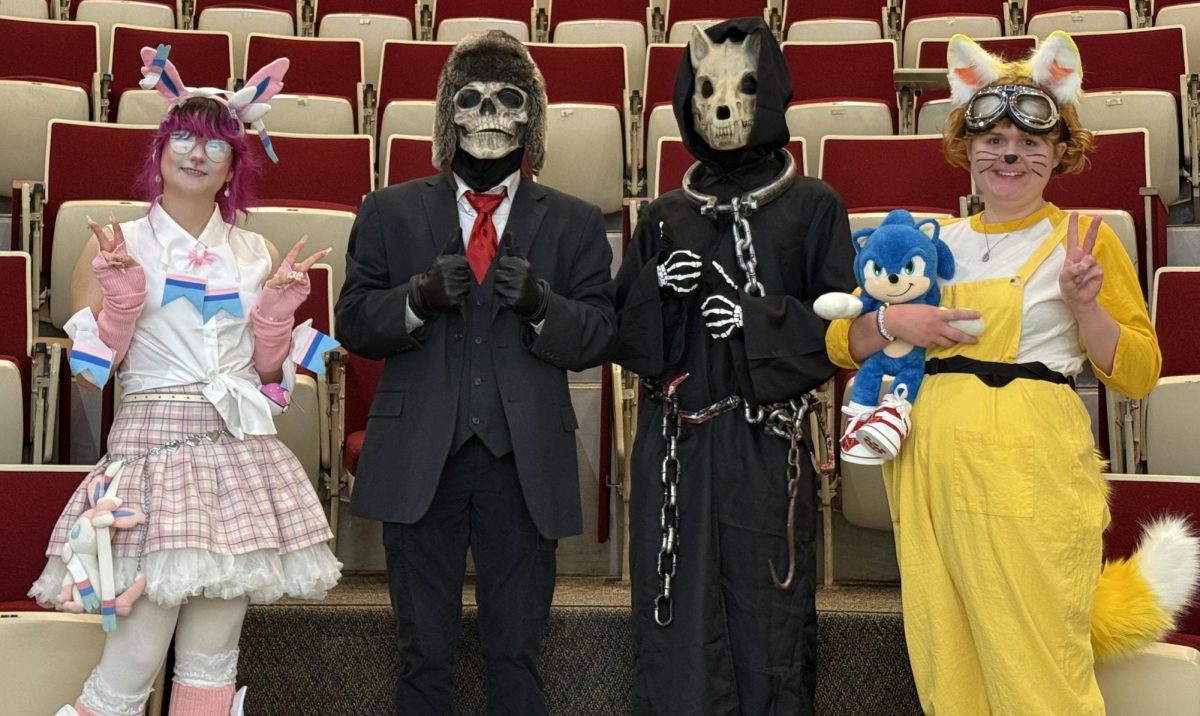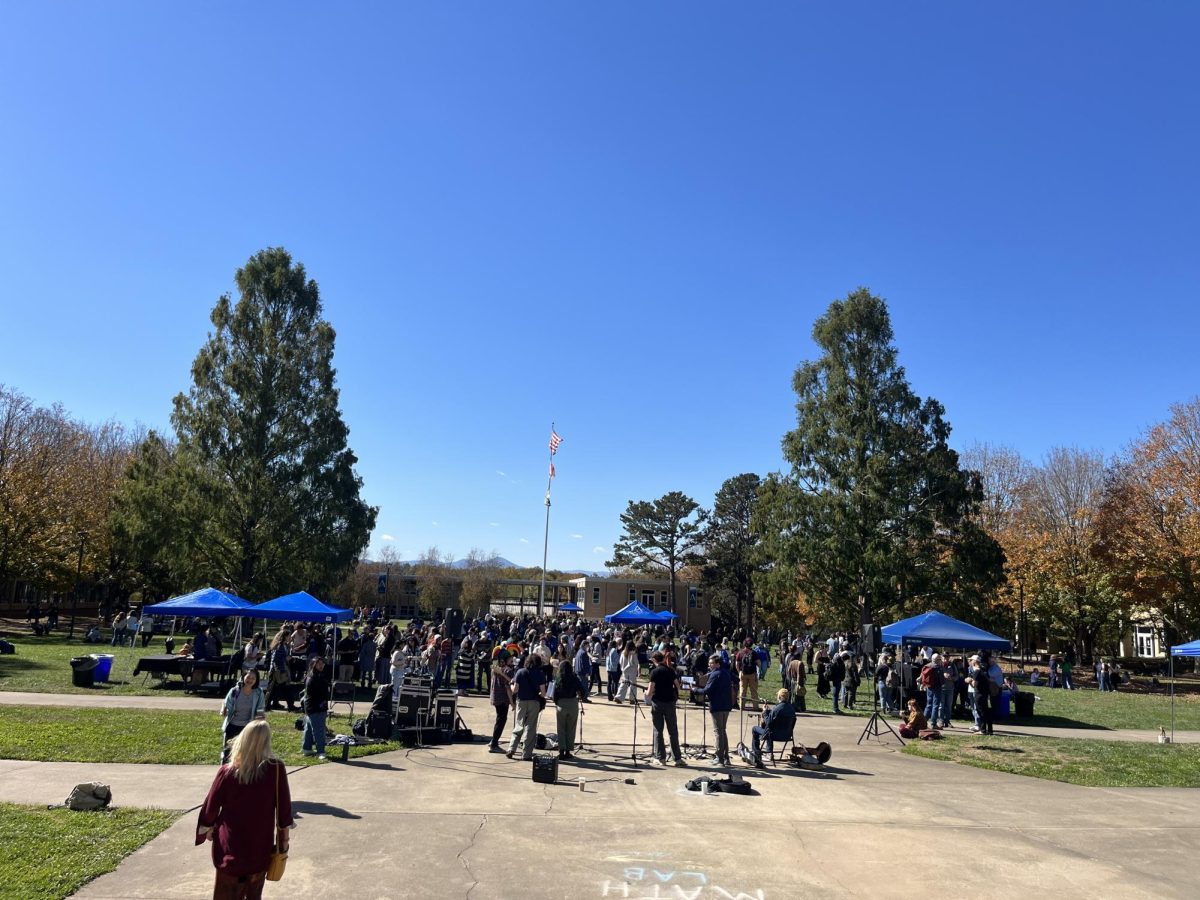At the beginning of June, the UNC Asheville’s New Media department embarked on a two week trip to study abroad in Belgium and the Netherlands. Hosted by new media faculty members Curt Cloninger and Peter Kusek, the trip was centered around immersive art of the cities visited, focusing mainly on the modern and technological aspect of the art.
12 students took flight overseas, including Lyndall Harris, a senior new media major, pursuing a minor in arts management and entrepreneurship. Harris said she is an avid art and media consumer, and was able to provide an inside perspective of the trip through her own creative lens.
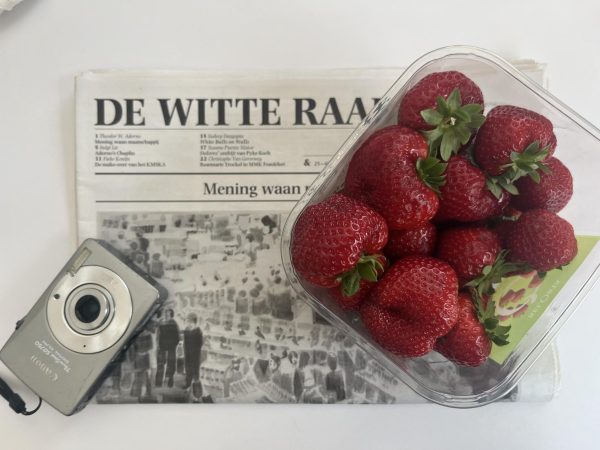
(Lyndall Harris)
According to UNCA’s new media webpage, new media can be described as being “created with code and inspired by traditional art and design.”
When asked about why Belgium and the Netherlands would be a hotspot for new media students to learn, Harris shares, “Belgium, Netherlands and Holland have a tendency to be ahead of the times with technology and architecture, so it attracts a lot of new media artists. That being said, a lot of nontraditional techniques of art are found throughout the entire region.”
Professor Curt Cloninger shared that he and lecturer Peter Kusek have been taking these trips with students since 2016, switching each year from the Netherlands one summer, to London, Paris and Berlin the next. He expressed the value in such an immersive experience, and how it can differ from standard classes.
“For me, the best part of these trips is having the students see the work in person, and talking to the artists and curators in person,” said Cloninger. “Back home in the classroom, in other non-study abroad classes, I can show documentation of artwork, but it is a completely different experience seeing the work installed in context.”
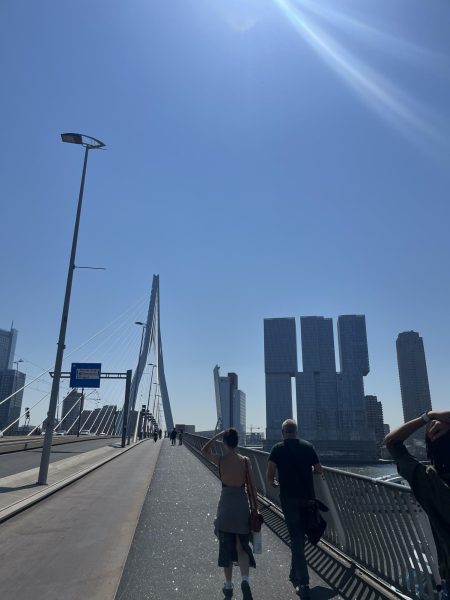
(Lyndall Harris)
Rotterdam, located in the southern region of the Netherlands, is a huge proponent in the new age of technology and art development throughout Holland.
Students learned Rotterdam was completely destroyed in the midst of World War II, and every building that currently stands in the city was built in the last 50-60 years.
“Rotterdam looks like a step into the future,” Harris said of her experience in the city. When it comes to architecture, the sleek and sharp design concepts are not only innovative, but most buildings are actually climate adaptive as well.
The noteworthy art and architecture of their travels gave students a very diverse gaining of cultural experience that will only enhance their liberal arts knowledge as they progress through their time at UNCA. Senior mass communications student Jane Turlington shared her own personal experience, describing what the trip meant to her.
“I am inspired as both an artist and as a person,” Turlington said. “I never would have been able to go to so many mind blowing places without this trip. My favorite day was spent visiting the Atomium in Brussels. It is a building over 300 ft. tall, and was a dream to explore,” Turlington said.
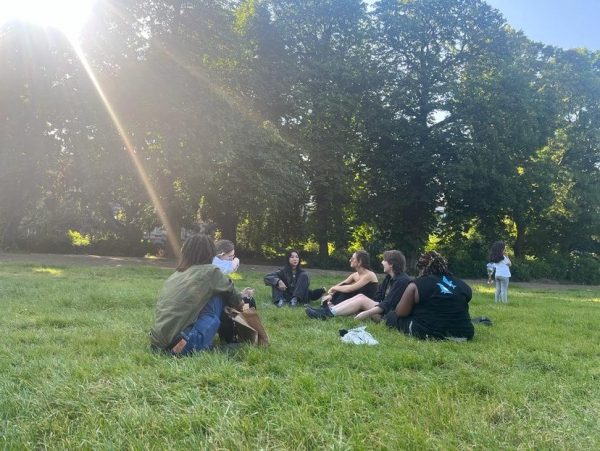
These types of experiences and cultural insights are important for students of all fields of study, especially at UNCA, where the goal for the student body is to be well-rounded in all fields.
